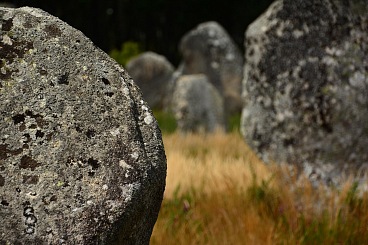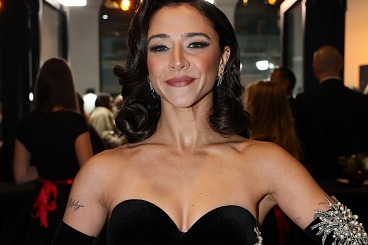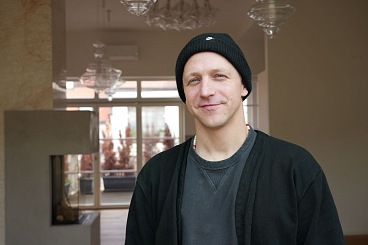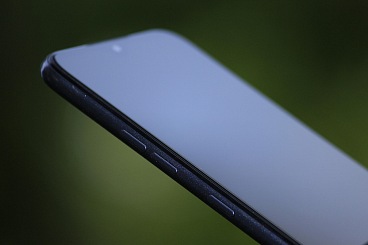International Women‘s Day: ‚The most beautiful way is to express a woman’s character with a flower.’
The flower atelier Green Decor and the flower shop Metamorphosis shared their ideas for what flowers to give on Internation Women’s Day (IWD). Care to be inspired?
1. Are you preparing anything new for IWD?
Green Decor:
‘A bouquet from Czech narcissi! For those, who prefer flowers in a flowerpot, we’ve prepared a beautiful arrangement of local primroses and bulbs.’
Metamorphosis:
‘We’ll embrace the more traditional, yet luxury carnations; a retro symbol, that’s coming back. They are available today in various colours and forms.’
2. What are you secret tips for the most stunning bouquets for women?
Green Decor:
‘Every women melts when she receives a seasonal flower arrangement from spring flowers, and the first budding offshoots. tulips, narcissi, anemones, hyacinths, hellebores which we mix with forsythia or twigs from willow, birch, or mirabelle plum.’
Metamorphosis:
‘Large blooming flower arrangements with various forms. I recommend fully blossomed roses, tulips, hyacinths and lilacs. Scent is very important, and underlines the beauty of the flowers and the moment. It’s mostly to do with the blossomed flower and the colour, not with the greenery. The most beautiful thing to do is to express the character of the woman in the form of flowers.’
3. What flowers should never be given to a woman?
Green Decor:
‘Courful flowers of uncertain origin. To receive a majestic bouquet of blue roses from a nondescript farm in Equador is my nightmare. On the other hand, the almost forgotten carnations are back, and I’ve become partial to them.
Metamorphosis:
‘The ones they don’t like. Every man should know, which flowers their wives, mothers, daughters or grandmothers like!
4. What are the differences in choice of flowers for younger and older women on IWD?
Green Decor:
‘For younger women, we usually choose pastel, light colours, and for older women we recommend more saturated and distinctive combinations.’
Metamorphosis:
‘For an older lady, I’d recommend a classic bouquet full of colour and flower blossoms. For a young lady, a more free, wild, and interesting one combined with, for example, an exotic kind of flower.‘
Green Decor
A flowershop, sustained by the friendship of Míša and Ivana. In season, they even grow their own flowers, and herbs at the flower farm Květinová farma in Měcholupy. Their specialty is untraditional arrangements full of natural freshness.
Metamorphosis
The fantastic flower shop is the work of Benjamin Claessen, who brought his specific style of flower arranging to Prague and to the Czech Republic, and proved that flowers are accessible to anyone.






















